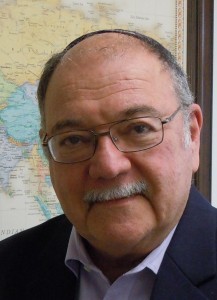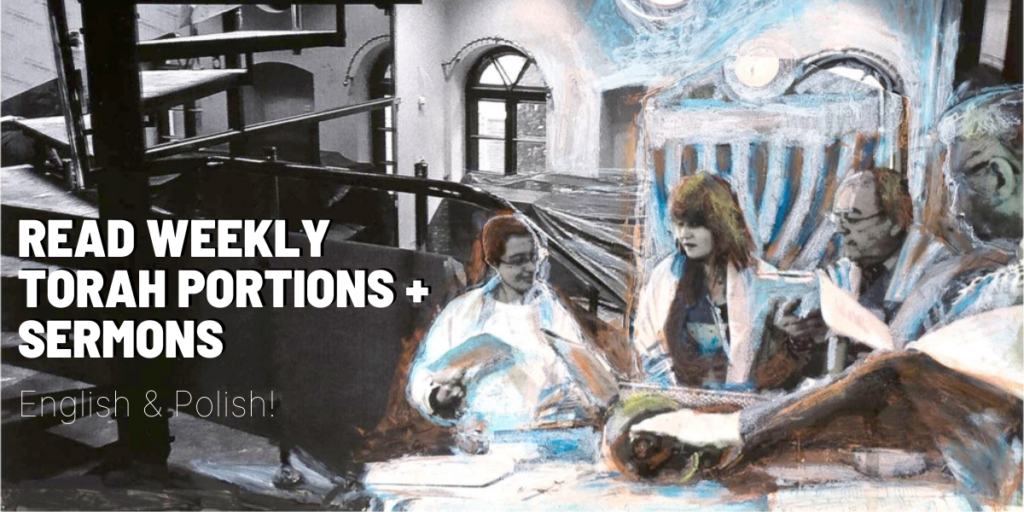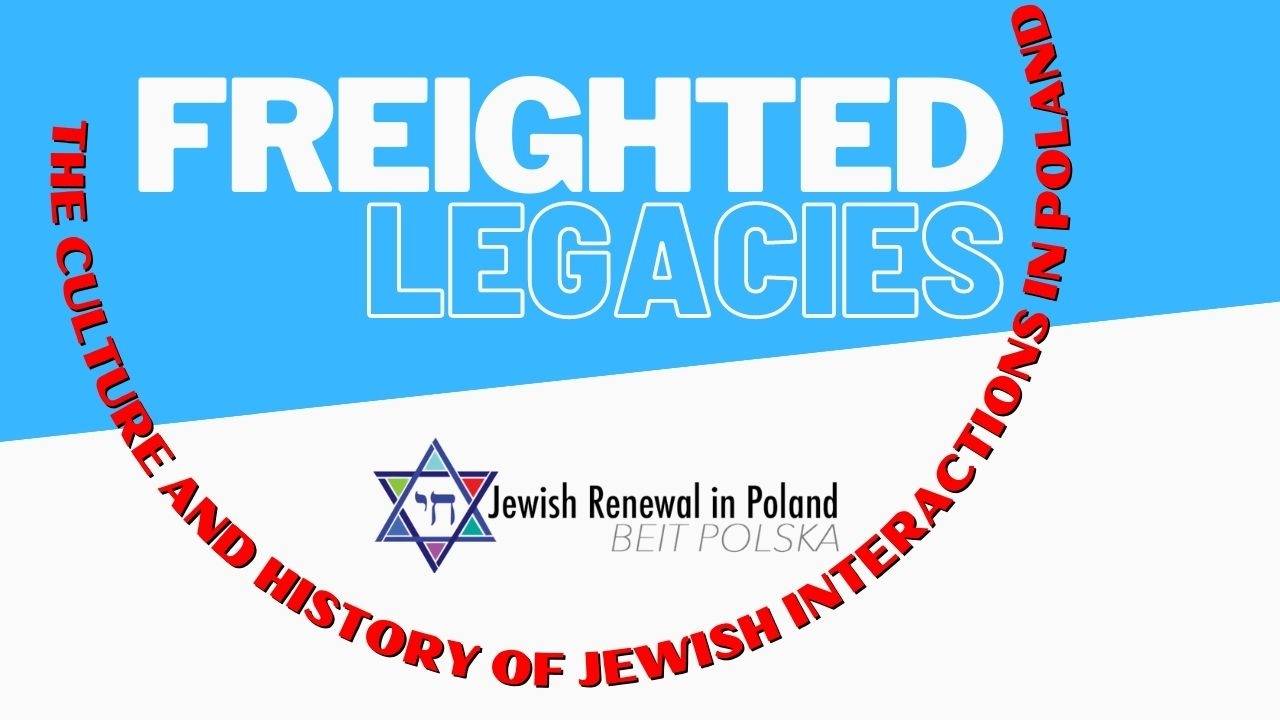July 29th, 2016/23 Tammuz 5776 – Pinchas is an extremely problematic figure. The Jewish tradition developed several radically different approaches in teaching about this Torah portion.
To bring you up to date. At the end of last week’s Torah portion Pinchas acts as judge, jury, and executioner. In his righteous indignation he kills a prince of the Jewish people, Zimri and his lover, a king’s daughter, Cozbi. The details of this zealous action are rather graphic.
In this week’s Torah portion we are left to ponder the aftermath of these events. Is Pinchas a hero or a villain. His actions merit a special gift from God: briti Shalom — “covenant of friendship” or “covenant of peace.”
Some commentators justify the murders by accepting the literal text. Pinchas’ actions prevented an even more disastrous outcome, a plague. God would have poured his wrath on even more of the people if Pinchas had not acted to appease God! These commentators are of the party that view God as easily offended and impatient. These commentators are worried about people knowing that if a person does not follow God’s directives there are direct and immediate consequences. There is little political correctness here.
Other contemporary commentators imagine a bigger problem. What if Pinchas’ behavior becomes a precedent for other people to claim a special right to decide issues because they feel empowered by their certainty? They are zealous for God and know God’s ways and therefore claim the right to act regardless of the consequences.
The fear of vigilante actions and especially acts of passion where some one takes the peragatives of the law into their own hands is one of the constant challenges of all social systems.
The tradition proposes an “anger mangament” program for Pinchas as well as the figure who is the reincarnation of his soul, Elijah. The rabbis see that Elijah also is too zealous for God. That is the Prophetic reading – Haftarah that accompanies the Torah reading from First Kings 18:46 to 19:21 – in which Elijah the prophets seeks to challenge the priest of Ba’al ie the latter day Midianites who are again leading the Jewish people into the worship of the gods.
These commentators propose an ingenious solution to people taking their passions into the public arena and then acting as if they know the “direction of history” and the “right moral action” and the “immediate response.” These commentators view Pinchas and then Elijah as needing to see that the Covenant of God is eternal. It does not justify excessive action by human beings.
Elijah’s anger management program requires him to attend every event in which the Jewish people keep the covenant (brit). Every time a baby boy is brought into the covenant of Abraham (brit milah); every time people celebrate the conclusion of Shabbat thus keeping the covenant (brit); and finally every Passover Seder when people affirm their faith in the promises of God ie continue the relationship Elijah comes to drink the wine and witness the faithful keep the covenant. Elijah never dies but is condemned to wait patiently in anticipation of the conclusion of history.
Parasza Pinchas
29 lipca 2016/23 tamuz 5776 – Pinchas jest niezwykle problematyczną postacią. W ramach tradycji żydowskiej istnieje kilkanaście skrajnie różnych podejść do nauczania o tej paraszy.
Aby przypomnieć, co wydarzyło się do tej pory: pod koniec zeszłotygodniowej paraszy Pinchas stawia się jednocześnie w roli sędziego, ławy przysięgłych oraz wykonawcy wyroku. W swym szlachetnym oburzeniu zabija Zimri, księcia z ludu żydowskiego, oraz Kozbi – jego kochankę i córkę króla. Szczegóły tego nadgorliwego postępku są dość drastyczne.
W przeznaczonej na ten tydzień paraszy rozważamy konsekwencje tych wydarzeń. Czy Pinchas jest bohaterem, czy też złoczyńcą? Swoim działaniem zasłużył sobie na wyjątkowy dar od Boga: na brit szalom – „przymierze przyjaźni” czy też „przymierze pokoju”.
Niektórzy komentatorzy usprawiedliwiają morderstwa, opierając się na dosłownym przesłaniu tekstu. Działania Pinchasa zapobiegły jeszcze bardziej dramatycznemu wydarzeniu – zesłaniu plagi. Gdyby Pinchas nie podjął działań mających na celu załagodzenie gniewu Boga, Boża kara zesłana zostałaby na jeszcze większą część ludu! Komentatorzy wyznający ten pogląd należą do grupy uważającej, że Bóg łatwo się obraża i jest niecierpliwy. Komentatorom tym zależy, aby ludzie wiedzieli, że jeśli ktoś nie wypełni nakazów Boga, spotkają go za to bezpośrednie, natychmiastowe konsekwencje. Poprawność polityczna nie gra tu zbyt dużej roli.
Inni współcześni komentatorzy zwracają zaś uwagę na bardziej ogólny problem. A jeśli inni ludzie potraktują czyn Pinchasa jako precedens, dający im samym szczególne prawo do rozstrzygania konfliktów – czują bowiem, że taką właśnie władzę daje im doświadczane przez nich poczucie pewności? Są gorliwymi wyznawcami Boga i znają Jego metody postępowania, w związku z czym roszczą sobie prawo do działania – niezależnie od tego, jakie może przynieść to konsekwencje.
Obawa przed działaniami podejmowanymi w ramach tzw. „samoobrony obywatelskiej”, a zwłaszcza przed czynami dokonywanymi w afekcie, gdy ktoś bierze w swoje własne ręce sprawy, które powinny być rozstrzygane na gruncie prawa – jest to jedno ze stałych wyzwań,
z którym zmagają się wszystkie systemy społeczne.
Tradycja proponuje program „nauki panowania nad złością” dla Pinchasa, jak również dla postaci uważanej za reinkarnację jego duszy, czyli dla Eliasza. Wedle rabinów również i Eliasz jest nazbyt gorliwym wyznawcą Boga. Wspomina o tym tekst proroczy: stanowiąca dodatek do odczytywanego fragmentu Tory haftara, która pochodzi z 1 Krl 18, 46 – 19, 21. Tekst ten opisuje, jak prorok Eliasz próbuje wystąpić przeciwko kapłanom Baala, tj. późniejszym pokoleniom Midianitów, którzy znów usiłują nakłonić lud żydowski do czczenia obcych bożków.
Komentatorzy ci proponują genialne rozwiązanie dla ludzi, którzy wyrażają swe żarliwe uczucia na forum publicznym, a następnie postępują tak, jak gdyby posiedli wiedzę na temat „kierunku, w jakim powinna zmierzać historia”, na temat „jedynego słusznego moralnie działania” oraz na temat tego, jaka powinna być „natychmiastowa reakcja”. Komentatorzy ci uważają, że zarówno Pinchas jak i Eliasz powinni zrozumieć, że przymierze z Bogiem jest wieczne i że nie usprawiedliwia ono podejmowania przez ludzi nadgorliwych działań.
W ramach programu „nauki panowania nad złością” Eliasz zobowiązany jest do uczestniczenia we wszystkich wydarzeniach, podczas których lud żydowski dochowuje przymierza (brit). Za każdym razem, gdy nowonarodzony chłopiec zostaje wprowadzony do przymierza Abrahama (brit mila); za każdym razem, gdy ludzie świętują zakończenie Szabatu, przestrzegając tym samym przymierza (brit), jak również podczas każdego sederu pesachowego, gdy ludzie potwierdzają swą wiarę w obietnice Boga, tj. gdy podtrzymują więź z Bożymi przyrzeczeniami, Eliasz przybywa, aby „wypić” wino i aby zobaczyć, jak wierni przestrzegają przymierza. Eliasz nigdy nie umiera – został skazany na cierpliwe wyczekiwanie na dzień, w którym nastąpi kres historii.
Rabin Haim Beliak
Tłum.: Marzena Szymańska-Błotnicka



















Leave a Reply